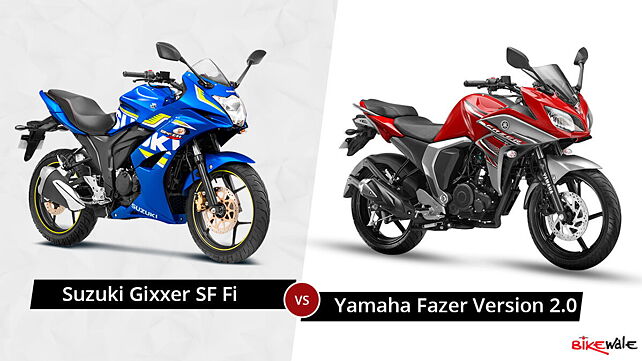
Introduction:
Until recently, the Yamaha Fazer and FZ-S enjoyed the monopoly of being the only two premium commuter motorcycles to be offered with a fuel-injection system. Now though, this monopoly has come to an end with the launch of the Suzuki Gixxer SF Fi. While the Gixxer SF Fi and the Fazer Version 2.0 have slightly different body styles, they serve the same purpose and essentially attract the same set of buyers. Both aim to offer the versatility to handle a fair bit of touring while dealing with the daily routine of office commutes. Let’s take a look at how these motorcycles stack up on the paper.

Design & Engine:
The approach taken by the Suzuki Gixxer SF Fi and Yamaha Fazer Version 2.0 towards styling is more or less the same. Both are based on their streetfighter siblings, though they get fairings to bump up their sporty appeal. The Fazer Version 2.0 follows the footsteps of the litre-class Fazer with its semi-fairing, while the Gixxer SF Fi is a fully-faired motorcycle. The Fazer Version 2.0 is available in a host of flashy paint schemes, while the colour options for the Gixxer SF Fi are limited to just one – blue.
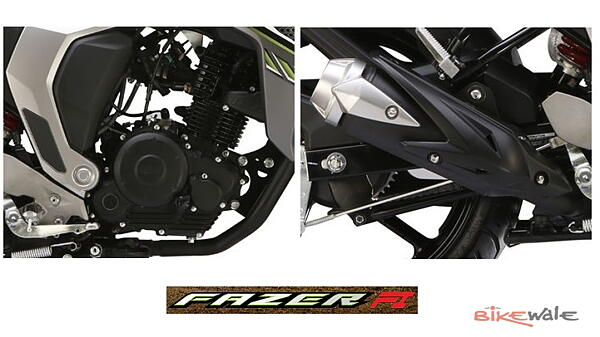
Under the skin, the Gixxer SF Fi gets the same 155cc single-cylinder engine, though the fuelling is now taken care of by a fuel injection system. Not only will this system improve the throttle response and to some extent the performance of the bike, but should also take care of the stuttering problem which plagued a few carburetted models. Despite the switch to a fuel-injection system, the Gixxer SF Fi gets the same output as the carburettor model – 14.6bhp and 14Nm of torque.
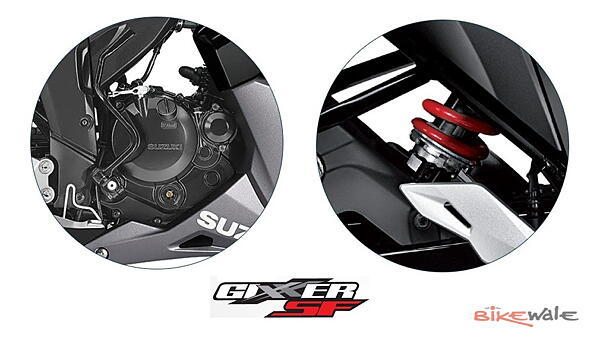
The Yamaha Fazer Version 2.0 gets 149cc single-cylinder engine, again with a fuel injection system. The Fazer Version 2.0 however, is 1.7bhp down on power and 1.2Nm down on torque than the Gixxer SF Fi. However it does have a two kilogram weight advantage over the Gixxer SF Fi. Both the Gixxer SF Fi and Fazer Version 2.0 get a five-speed gearbox. The Fazer Version 2.0 has been tuned for refinement and good fuel efficiency, with performance taking a back seat. It would be interesting to see whether Suzuki has retained the sporty character for the Gixxer SF Fi, or whether it has been altered in favour of fuel economy.
Features & Cycle parts:
The Gixxer SF and Fazer Version 2.0 are quite lavishly equipped when it comes to creature comforts. The Gixxer SF Fi is based on a single downtube frame while the Fazer Version 2.0 gets a diamond frame. The Gixxer SF and Fazer Version 2.0 both get a 12-litre fuel tank. Both ride on beefy 41mm telescopic front forks and a 7-step adjustable rear monoshock. The Gixxer SF Fi and Fazer Version 2.0 also run similar set of tyres - a 100/80 profile tubeless tyre up front and a 140/60 profile radial in the rear. They even get fully digital instrument consoles with a host of modern functionalities.

The front brake setup is similar – 267mm disc for the Fazer Version 2.0 and 267mm disc for the Gixxer SF Fi, however the latter has a marked advantage in terms of rear brake setup. The Gixxer SF Fi gets a 220mm disc brake as standard, while the Fazer Version 2.0 has to make do with a 130mm drum unit.
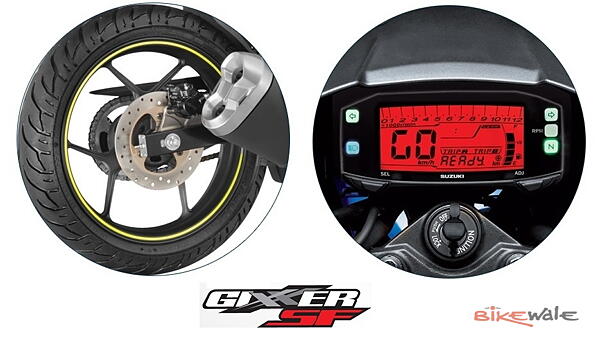
Price:
The Suzuki Gixxer SF Fi and the Fazer Version 2.0 are targeted at those looking for an efficient commuter, but can spend some extra cash for a premium offering. They have been developed keeping in mind the Indian customers' affinity for the faired motorcycles, something which the Hero Karizma initiated but has failed to maintain in the recent past. Amongst the two, the Fazer Version 2.0 has an edge thanks to its lower price tag of Rs 91,421 (ex-showroom, Mumbai). The Gixxer SF Fi, with a price tag of Rs 99,262 (ex-showroom, Mumbai) is quite an expensive proposition.
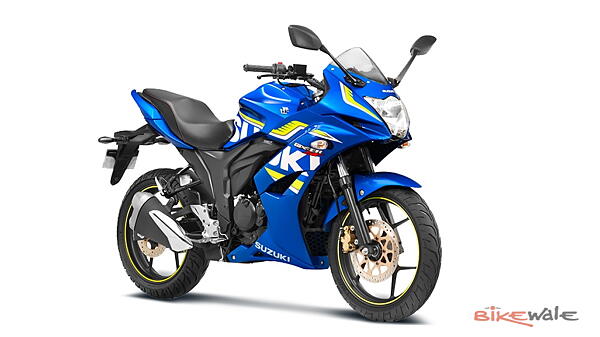

![Suzuki Gixxer SF [2015-2018] Image Suzuki Gixxer SF [2015-2018] Image](https://imgd.aeplcdn.com/272x153/bw/models/suzuki-gixxersf.jpg?20190103151915&q=80)
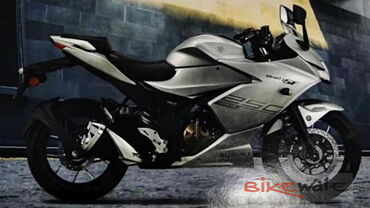
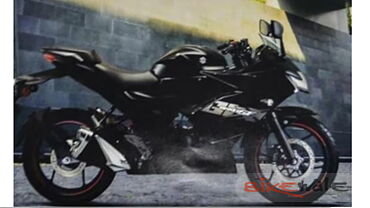
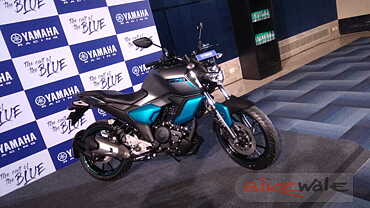
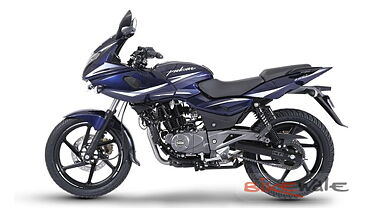
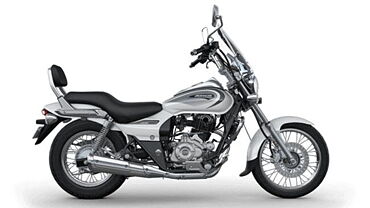

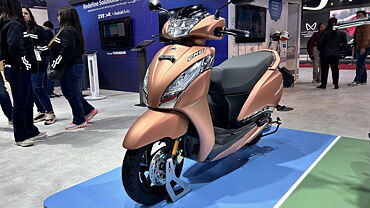
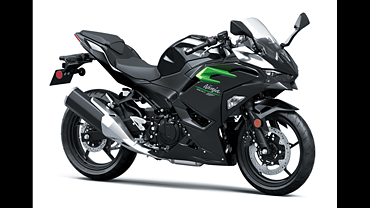
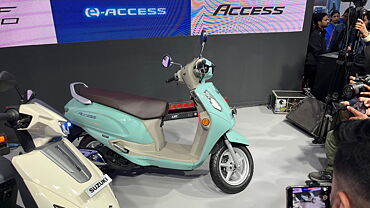
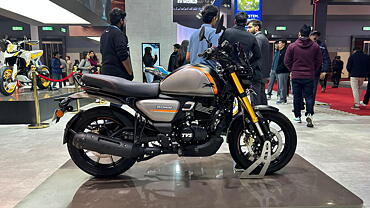
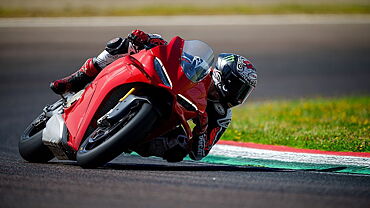
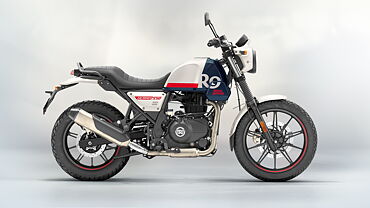
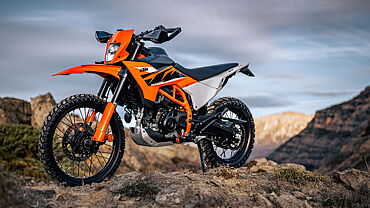


![Suzuki Gixxer SF [2015-2018] Exterior Suzuki Gixxer SF [2015-2018] Exterior](https://imgd.aeplcdn.com/199x112/bikewaleimg/ec/18879/img/m/Suzuki-Gixxer-SF-Exterior-52558_l.jpg?v=201711021421&q=80)
![Suzuki Gixxer SF [2015-2018] Exterior Suzuki Gixxer SF [2015-2018] Exterior](https://imgd.aeplcdn.com/199x112/bikewaleimg/ec/18879/img/l/Suzuki-Gixxer-SF-Exterior-52540.jpg?v=201711021421&q=80)
![Suzuki Gixxer SF [2015-2018] Exterior Suzuki Gixxer SF [2015-2018] Exterior](https://imgd.aeplcdn.com/199x112/bikewaleimg/ec/18879/img/l/Suzuki-Gixxer-SF-Exterior-52525.jpg?v=201711021421&q=80)
![Suzuki Gixxer SF [2015-2018] Exterior Suzuki Gixxer SF [2015-2018] Exterior](https://imgd.aeplcdn.com/199x112/bikewaleimg/ec/18879/img/l/Suzuki-Gixxer-SF-Exterior-52539.jpg?v=201711021421&q=80)
![Suzuki Gixxer SF [2015-2018] Exterior Suzuki Gixxer SF [2015-2018] Exterior](https://imgd.aeplcdn.com/468x263/bikewaleimg/ec/18879/img/l/Suzuki-Gixxer-SF-Exterior-52538.jpg?v=201711021421&q=80)
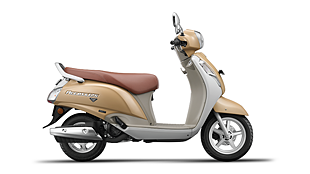







![KTM 390 Adventure X [2025] KTM 390 Adventure X [2025]](https://imgd.aeplcdn.com/272x153/n/cw/ec/190885/390-adventure-x-2025-right-side-view.jpeg?isig=0&q=80)